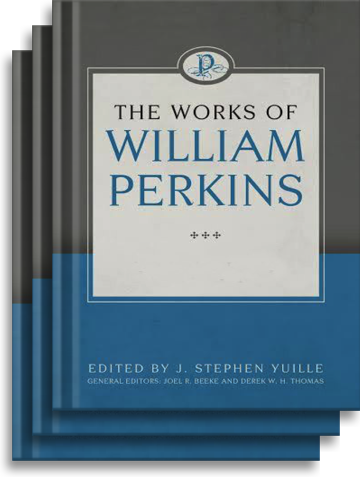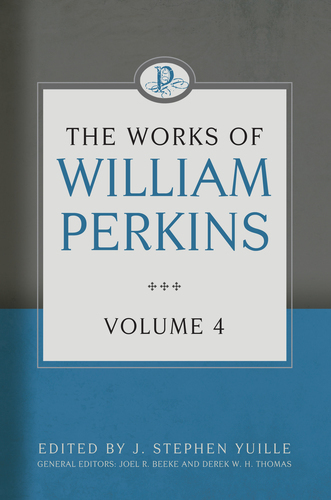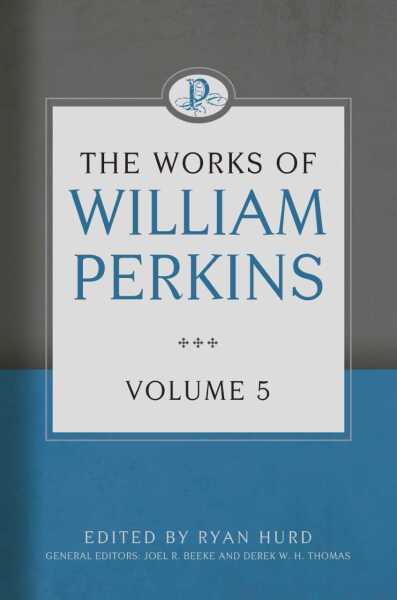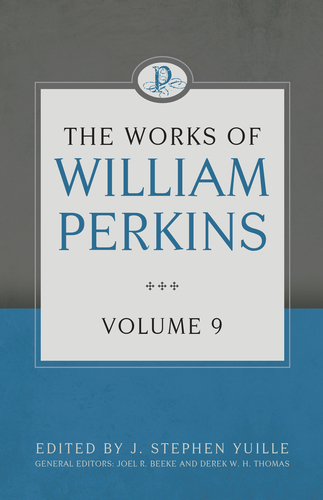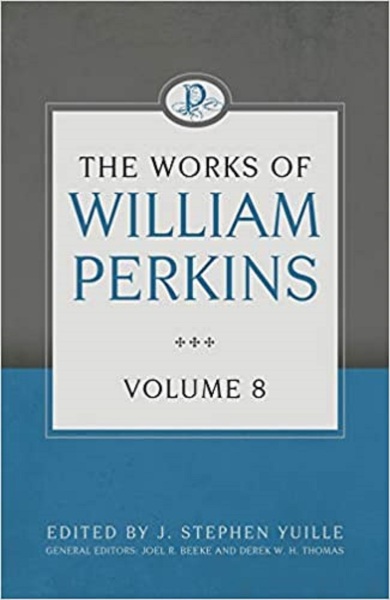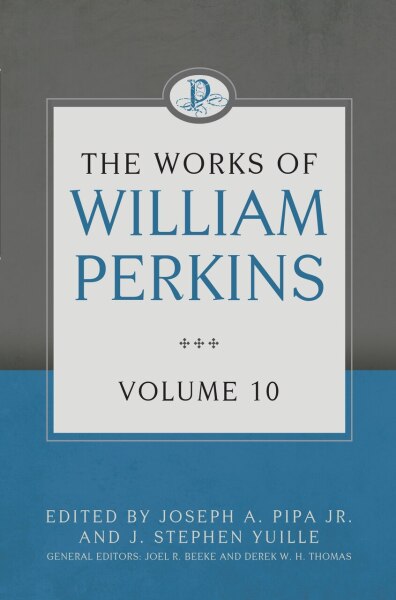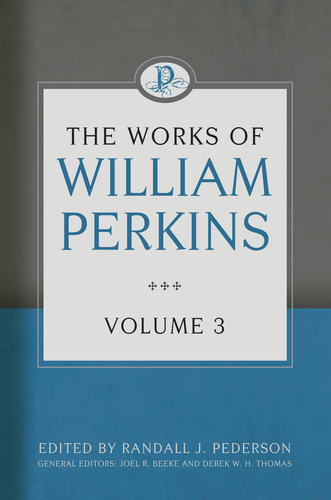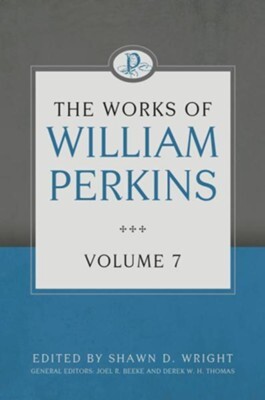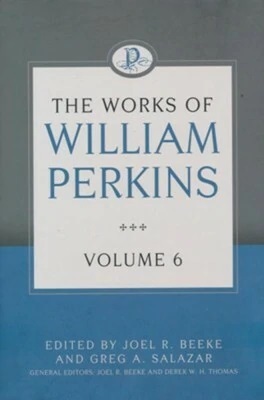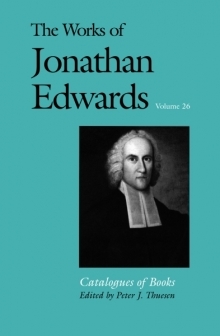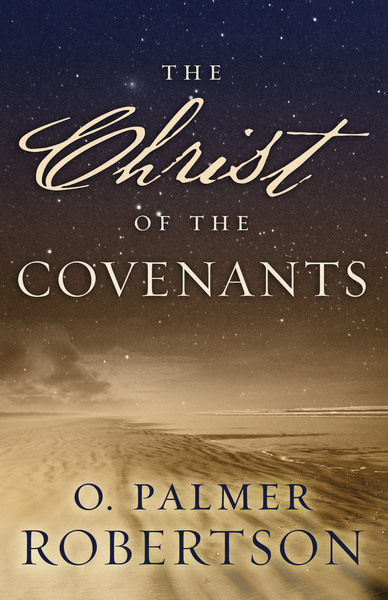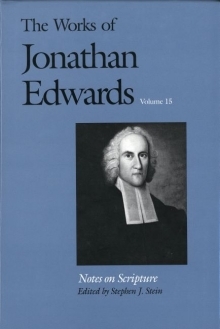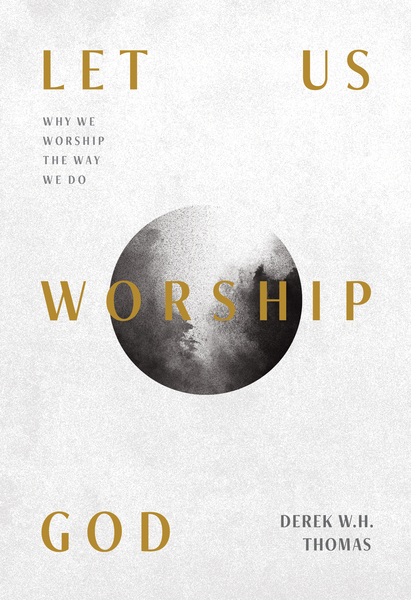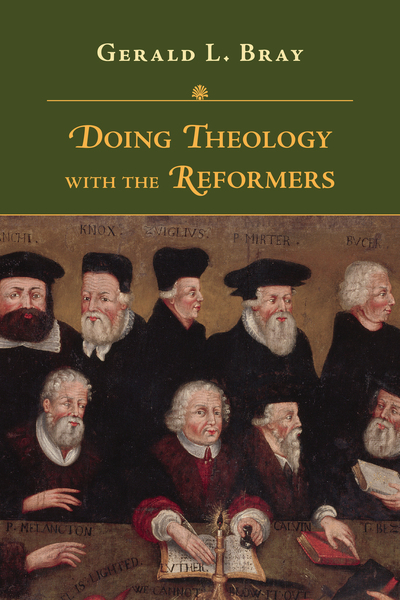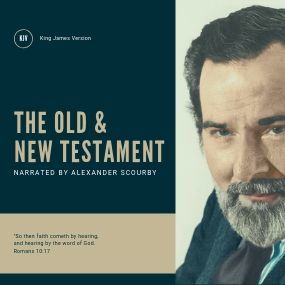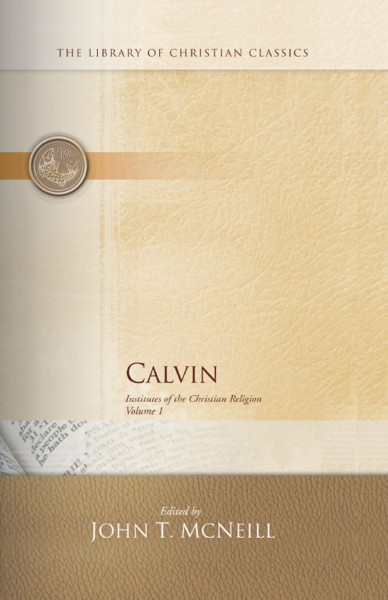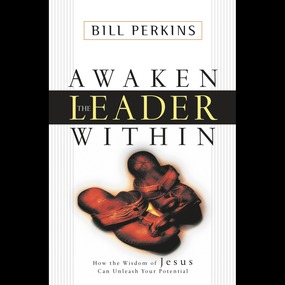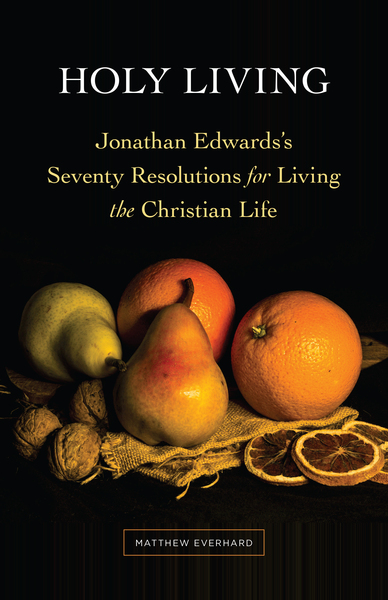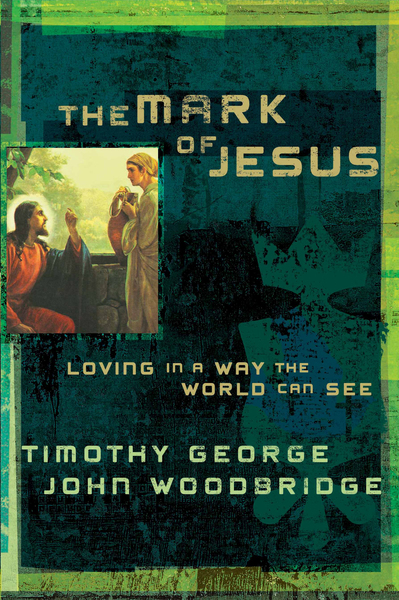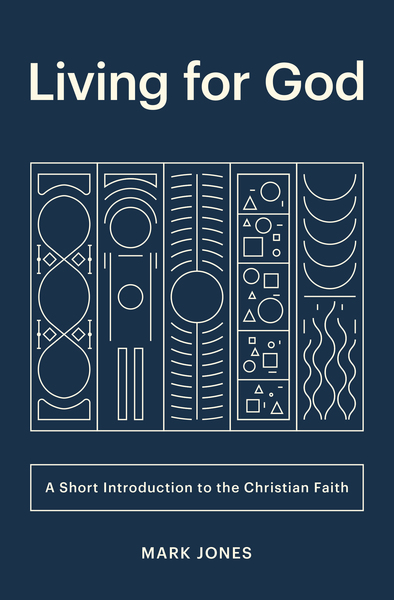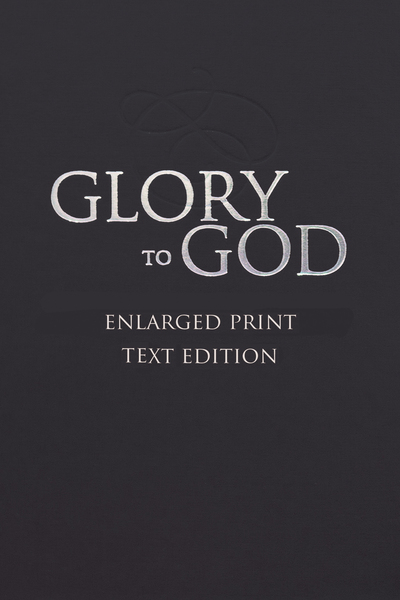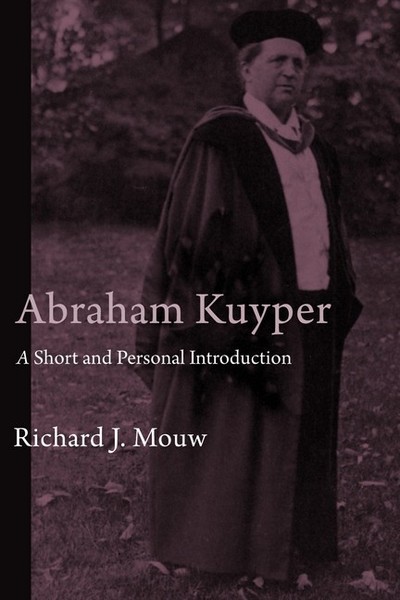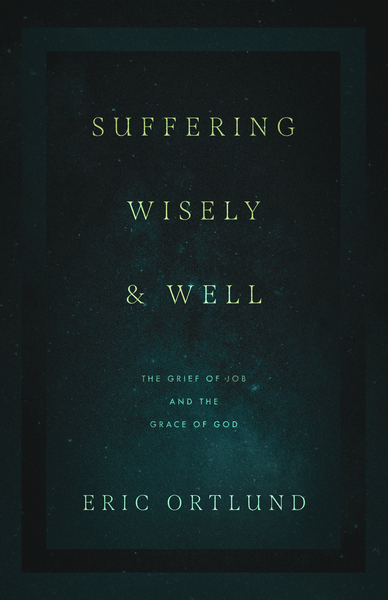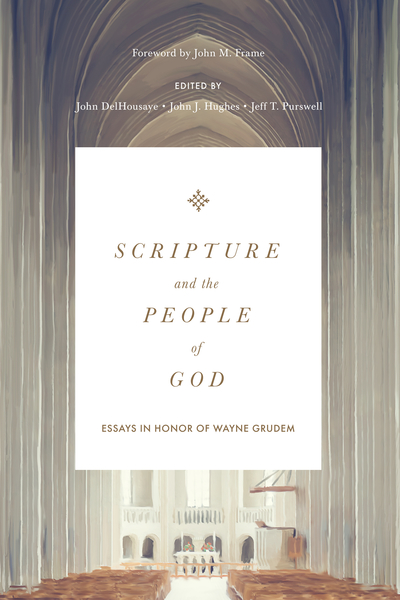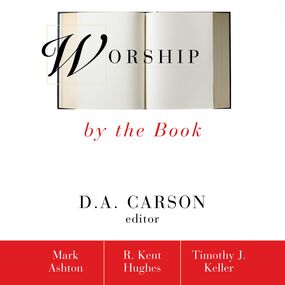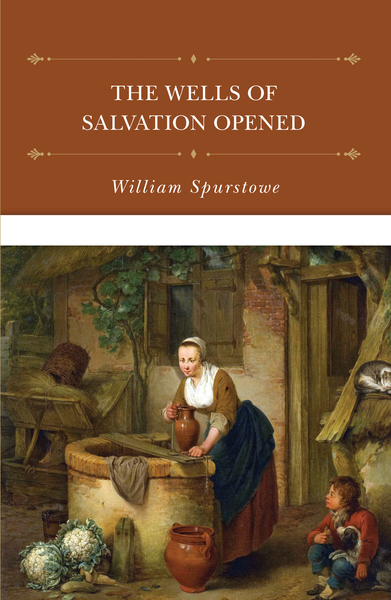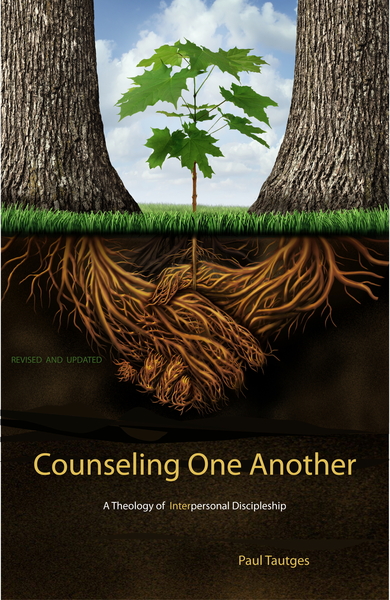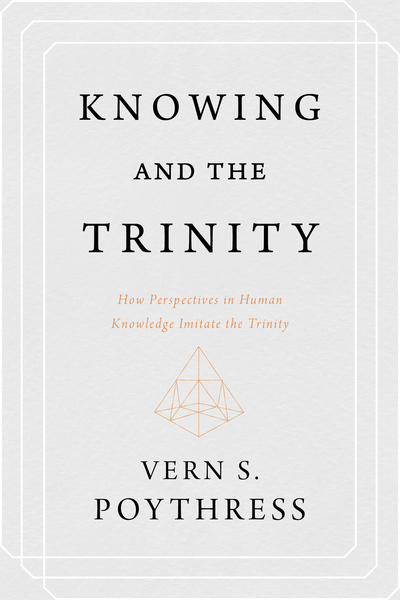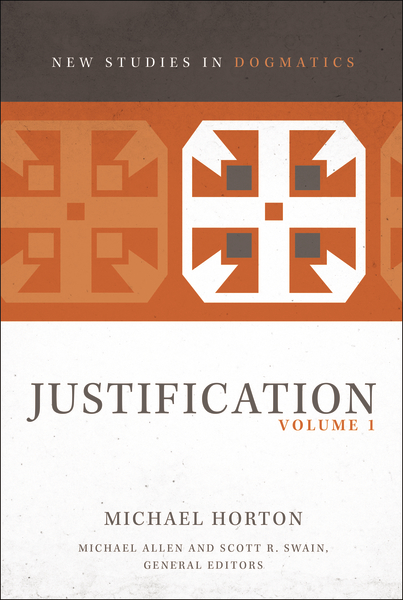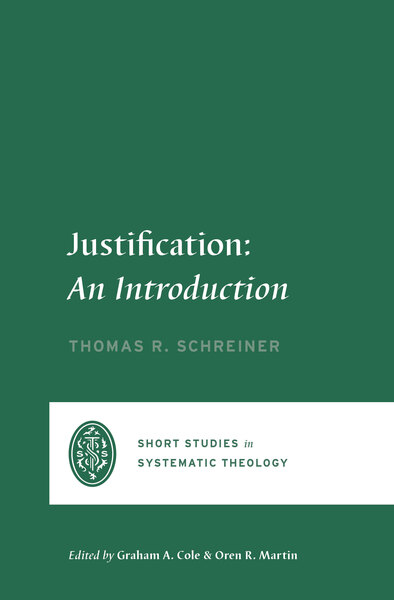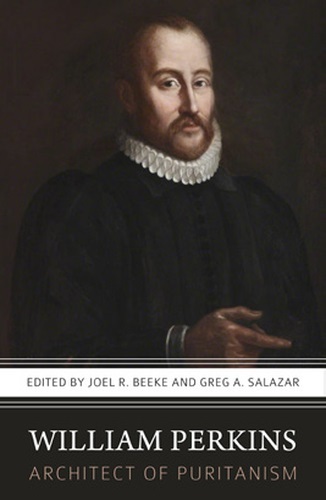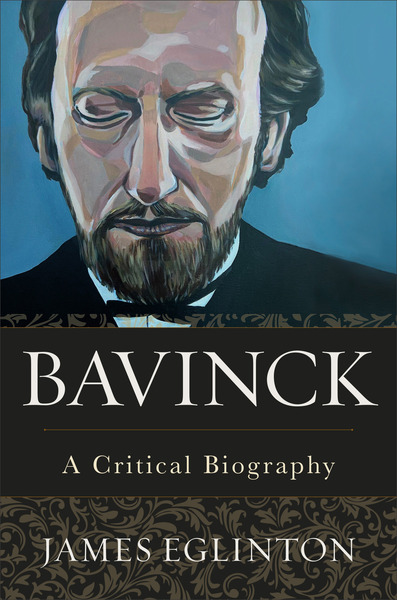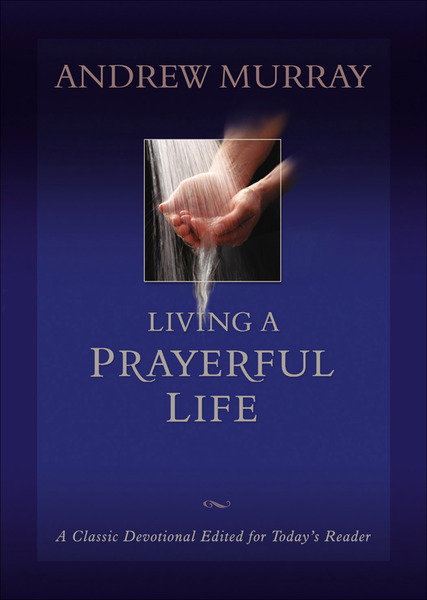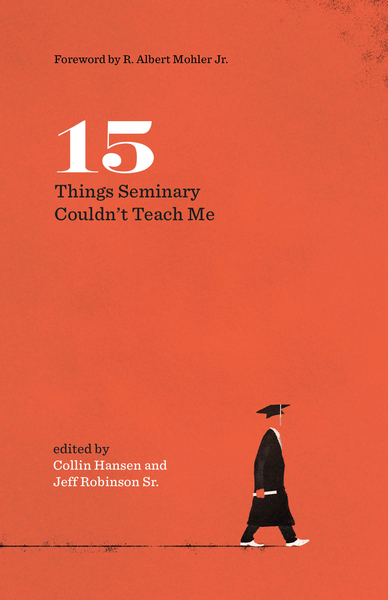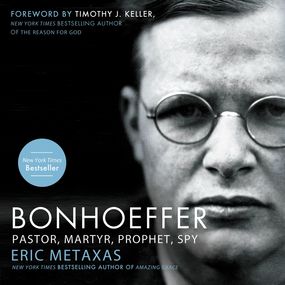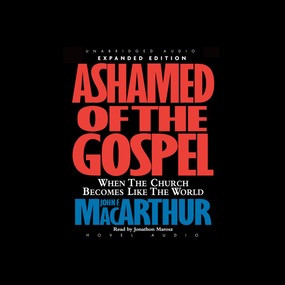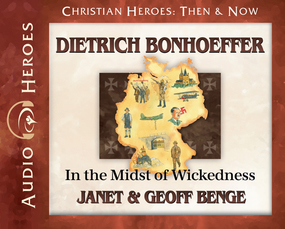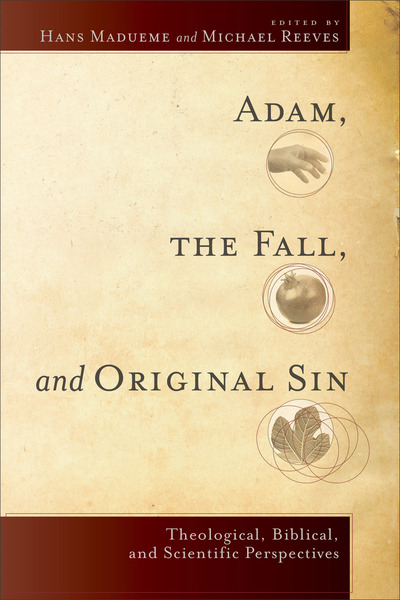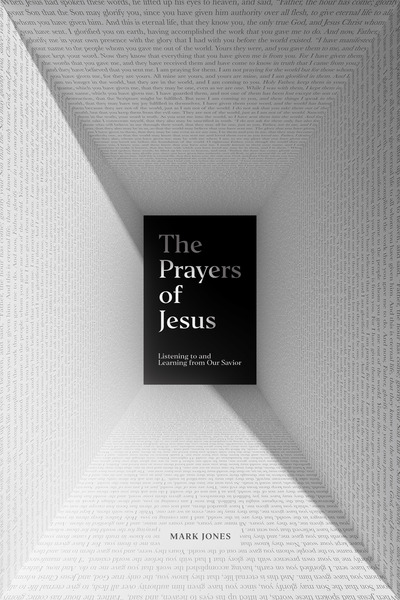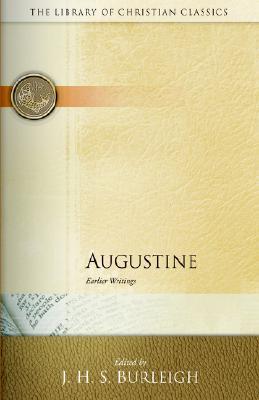

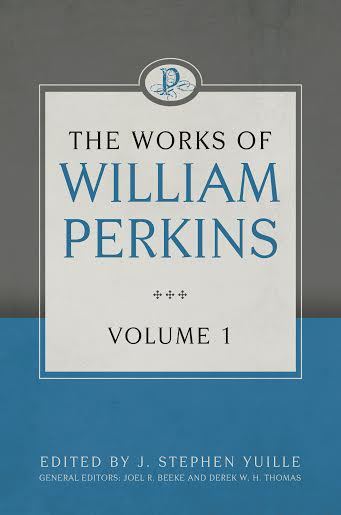
Works of William Perkins, Vol. 1

Works of William Perkins, Vol. 1
The present volume contains three of Perkins’s treatises. The first is A Digest or Harmony of the Books of the Old and New Testament, which offers a synopsis of the Bible that relates sacred history to the chronology of the world. Dating God’s creation of the universe in 3967 BC, Perkins develops his overview of redemptive history that culminates in the final judgment.
The second treatise is The Combat between Christ and the Devil Displayed. Expounding Matthew 4:1–11, Perkins shows how Christ’s temptation in the wilderness (1) set Jesus up to serve as the second Adam, overcoming Satan’s temptation in a way the first Adam did not; (2) reveals how the devil assaults the church so that we might be better prepared to resist his temptations; and (3) equipped Christ to be a sympathetic high priest to those who are tempted.
The third and most significant treatise is A Godly and Learned Exposition upon Christ’s Sermon in the Mount. “Hereof I have chosen to entreat,” says Perkins, “because it is a most divine and learned sermon, and may not unfitly be called the ‘Key to the whole Bible’; for here Christ opens the sum of the Old and New Testaments.” The fact that Perkins saw the Sermon on the Mount as unlocking the meaning of Scripture in its entirety suggests that his understanding of what Christ declares in Matthew 5–7 was pivotal to the development of his theology and piety.
The Works of William Perkins fills a major gap in Reformed and Puritan theology. Though Perkins is best known today for his writings on predestination, he also wrote prolifically on many subjects. His works filled over two thousand large pages of small print in three folio volumes and were reprinted several times in the decades after his death. However, his complete works have not been in print since the mid-seventeenth century. This edition of the Works includes four volumes of Perkins’s expositions of Scripture, three volumes of his doctrinal and polemical treatises, and three volumes of his practical writings.
“On the broad shoulders of William Perkins, epoch-making pioneer, stood the entire school of seventeenth-century Puritan pastors and divines, yet the Puritan reprint industry has steadily bypassed him. Now, however, he begins to reappear, admirably edited, and at last this yawning gap is being filled. Profound thanks to the publisher and heartfelt praise to God have become due.” — J. I. Packer, Board of Governors’ Professor of Theology, Regent College, Vancouver, British Columbia
William Perkins (1558–1602) earned a bachelor’s degree in 1581 and a master’s degree in 1584 from Christ’s College in Cambridge. During those student years he joined up with Laurence Chaderton, who became his personal tutor and lifelong friend. Perkins and Chaderton met with Richard Greenham, Richard Rogers, and others in a spiritual brotherhood at Cambridge that espoused Puritan convictions.
From 1584 until his death, Perkins served as lecturer, or preacher, at Great St. Andrew’s Church, Cambridge, a most influential pulpit across the street from Christ’s College. He also served as a teaching fellow at Christ’s College, catechized students at Corpus Christi College on Thursday afternoons, and worked as a spiritual counselor on Sunday afternoons. In these roles Perkins influenced a generation of young students, including Richard Sibbes, John Cotton, John Preston, and William Ames. Thomas Goodwin wrote that when he entered Cambridge, six of his instructors who had sat under Perkins were still passing on his teaching. Ten years after Perkins’s death, Cambridge was still “filled with the discourse of the power of Mr. William Perkins’ ministry,” Goodwin said.
Perkins’s influence as a theologian continued unabated after his death. This was due in large part to the widespread popularity of his writings. His writings were translated into several European languages and greatly influenced British and American Reformed theology, the Dutch Further Reformation, and European Pietism.
